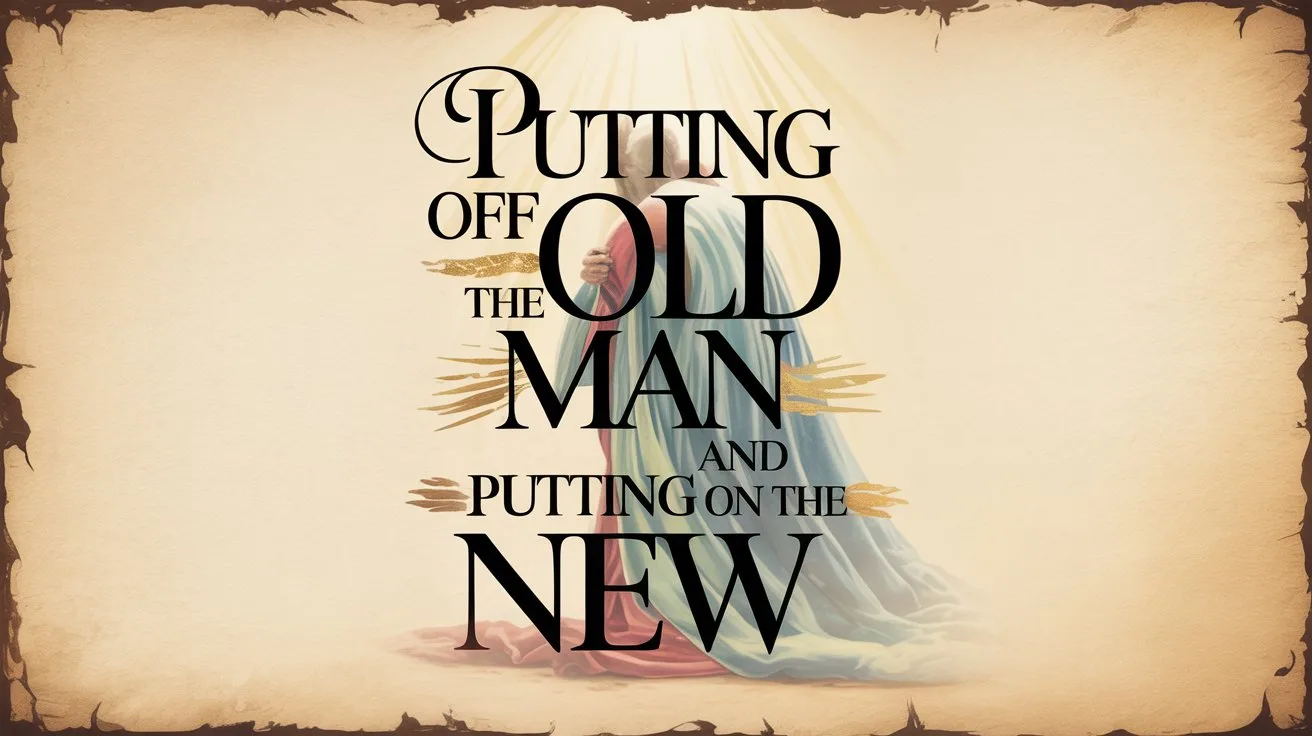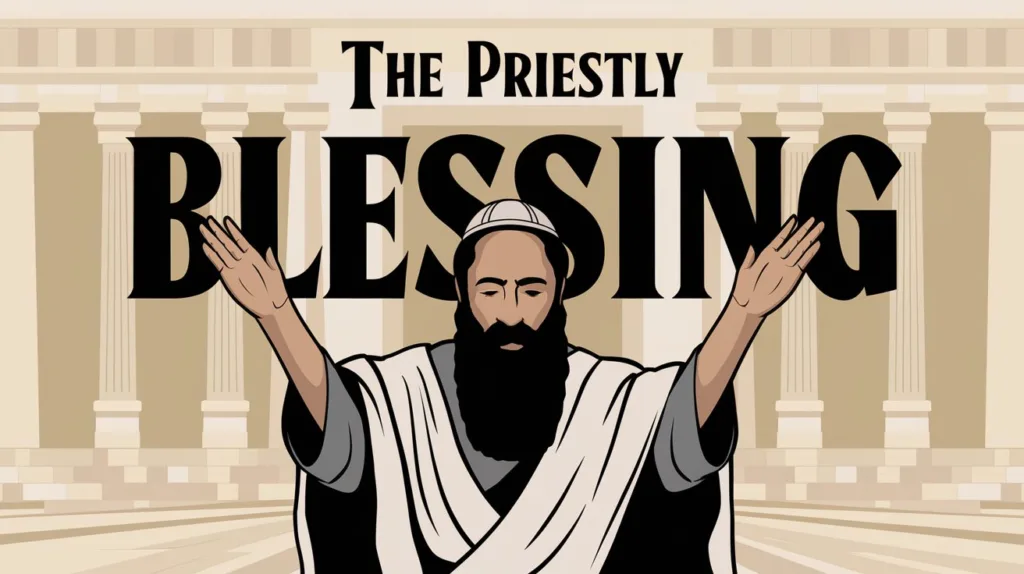Paul’s exhortation to “put off the old man” and “put on the new” speaks to every believer’s transformation in Christ. It is not about moral improvement alone, but about being renewed in the very image of the Creator through redemption.
Who Is the “Old Man”? Who Is the “New”?
In Ephesians 4, Paul writes:
“That you put off, concerning your former conduct, the old man which grows corrupt according to the deceitful lusts, and be renewed in the spirit of your mind.” (Ephesians 4:22–23)
“Old man” refers to our former identity in Adam, characterized by sin, deception, and corruption. Paul contrasts that with being “renewed in the spirit of your mind”, a transformation of inner life from the Spirit.
Similarly, Colossians says:
“Put off, concerning your former conduct, the old man which is corrupt according to the deceitful lusts, and be renewed in the spirit of your mind, and that you put on the new man which was created according to God, in true righteousness and holiness.” (Colossians 3:9–10)
The “new man” is our identity in Christ: a person recreated by God, belonging to His kingdom, and revealing His righteousness and holiness.
What Must Be Discarded
Paul carefully identifies behaviors and imageries associated with the old nature:
“Fornication, uncleanness, passion, evil desire, covetousness” (Ephesians 4:19)
“Anger, wrath, malice, blasphemy, filthy language” (Colossians 3:8)
This list frames the old man’s deeds as both internal lusts and external actions, revealing a corrupted heart. But Paul’s focus is not solely on behavior; his emphasis is on heart transformation, rooted in who we are in Christ, produced by the Spirit.
Putting On the New Man
Putting on the new man means wearing virtues that reflect Christ Himself:
“put on the new man” is creational language indicating a garment that covers, and a identity assumed (Colossians 3:10).
“Let all bitterness, wrath, anger, clamor, evil speaking be put away… be kind to one another” (Ephesians 4:31–32).
“Put on tender mercies, kindness, lowliness, meekness, longsuffering” (Colossians 3:12).
These qualities are not self-generated; they flow from the heart renewed by the Spirit and formed by union with Christ. They reflect the new identity, a person in positions of righteousness and holiness.
How Does This Transformation Occur?
Paul teaches the process:
“Do not lie to one another, since you have put off the old man… and have put on the new man who is renewed in knowledge according to the image of Him who created him.” (Colossians 3:9–10)
Deliberate Decision: Believers intentionally remove old patterns (“put off”) and adopt new attitudes (“put on”).
Mind Renewal: “…renewed in the spirit of your mind…” (Ephesians 4:23). This is inner transformation from daily communion with Scripture and prayer.
God’s Image Restoration: This renewal is “according to the image of Him who created him.” This is not moral reformation, it is creational restoration in Christ.
Why This Matters for the Believer
This command to put off the old man and put on the new is not about modifying our behavior, it is about living in the fullness of our identity in Christ. It underscores that we are not reforming ourselves through self-effort, but receiving and wearing the righteousness already revealed and given to us in Jesus Christ. This transformation is not instant, but progressive, a lifelong journey of renewal in the Spirit, as seen in Romans 12:2 and 2 Corinthians 3:18. Unlike Pharisaical obedience that tries to earn favor through outward actions, this renewal begins in the heart, in alignment with the grace of God described in Ephesians 2:8–10.
This inward renewal has outward implications. As we put on the new man, our lives begin to reflect Christ, shaping how we speak, how we forgive, how we bear with one another. In community, it fosters unity and reflects the gospel not just in word, but in practice. The virtues of Christ: meekness, patience, love, and truth. These bind the body of believers together and become a living testimony of His work in us.
Practical Steps to Put Off and Put On
To walk in this truth, Paul’s teaching invites us into practical, Spirit-led discipline. We are called to daily meditate on the truths of Scripture that affirm our new identity, as modeled in Psalm 1, where the man who delights in the law of the Lord is fruitful. When temptation arises, we must not excuse it or entertain it, but flee and replace it with righteousness, as taught in 1 Corinthians 10:13.
In our relationships, we are exhorted to speak the truth in love, to confess our faults, and to forgive one another, because that is what it looks like to walk as God’s family (Ephesians 4:15–16). Above all, we must not depend on our strength, but submit fully to His Word and His Spirit. As Colossians 3:16–17 reminds us, letting the word of Christ dwell richly in us is the way we are clothed in spiritual readiness, garments fit for those raised to walk in newness of life.
My Final Thoughts
“Putting off the old man and putting on the new” is not a legalistic checklist, it is the daily wearing of a sacred identity. It is the Spirit’s craft in us, by His Word, in Christ’s likeness. May we live each day knowing our garments are righteousness and holiness, not by our merit, but by God’s finished work.





 Get the book that teaches you how to evangelize and disarm doctrines from every single major cult group today.
Get the book that teaches you how to evangelize and disarm doctrines from every single major cult group today.